【Text, Picture/Excerpt from the Practical Culture "Strength Squat", author Yaren Hoshger] The bare hands squat should be Let us look back at the key points of the five bare hands squats. 1 ─ It is normal for the double foot tip to move for...
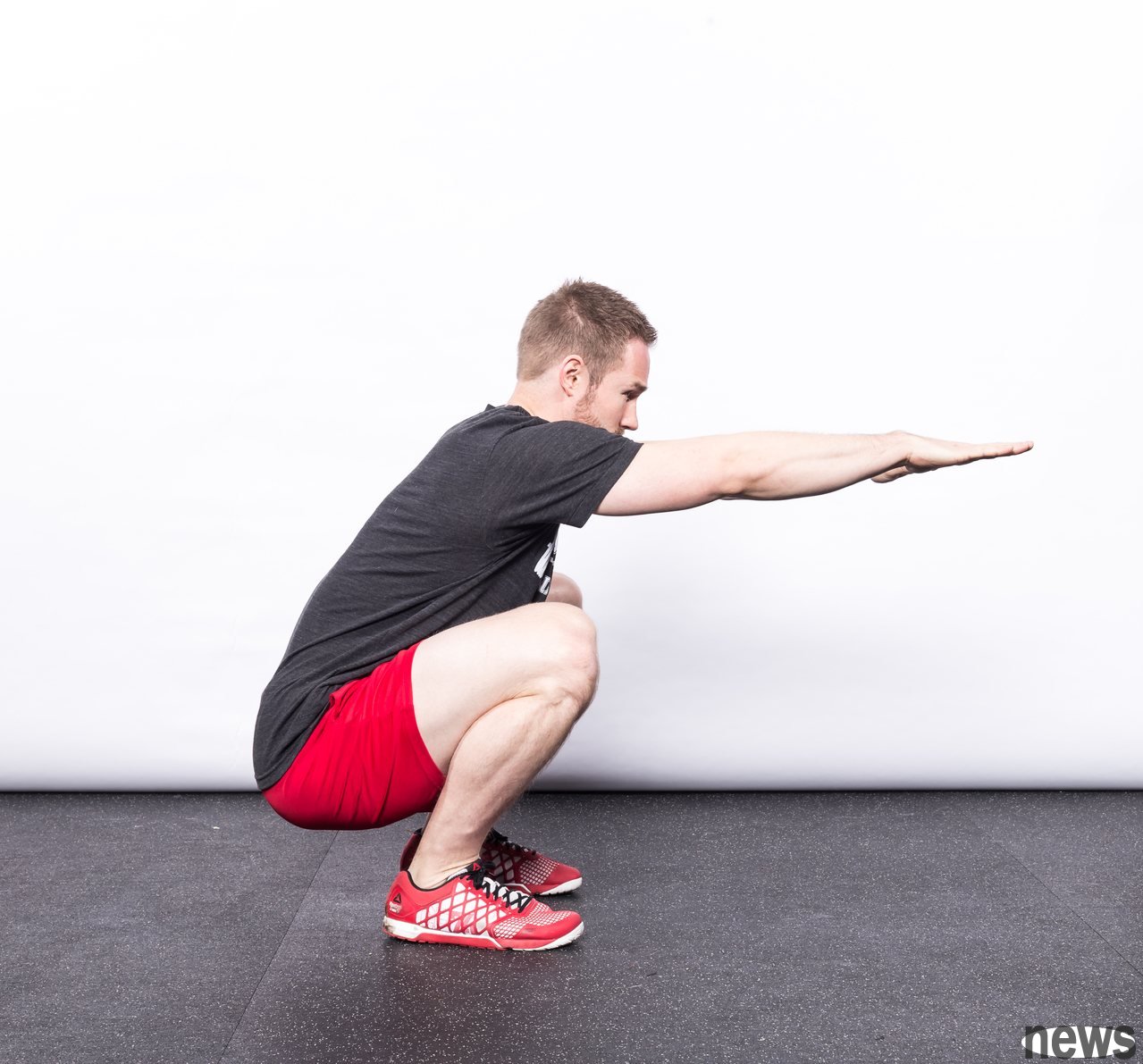
【Text, Picture/Excerpt from the Practical Culture "Strength Squat", author Yaren Hoshger]
The bare hands squat should beLet us look back at the key points of the five bare hands squats.
1 ─ It is normal for the double foot tip to move forward oppositely and five to seven degrees outward.2 ─ Maintain the three points at the bottom of the foot to contact the floor and establish a foot triangle.
3 ─ Push back through the hips and strap the chest forward to form a thigh chain so that the back side of the chain is involved (the hips and the back side of the thigh). Your body weight should be averaged between two feet.
4 ─ Create an outward rotation torque on the hips by "retracting your gluteus muscles", pushing the knee outward while maintaining the foot triangle.
5 ─Look forward while placing both hands in front of the body and maintaining correct posture.
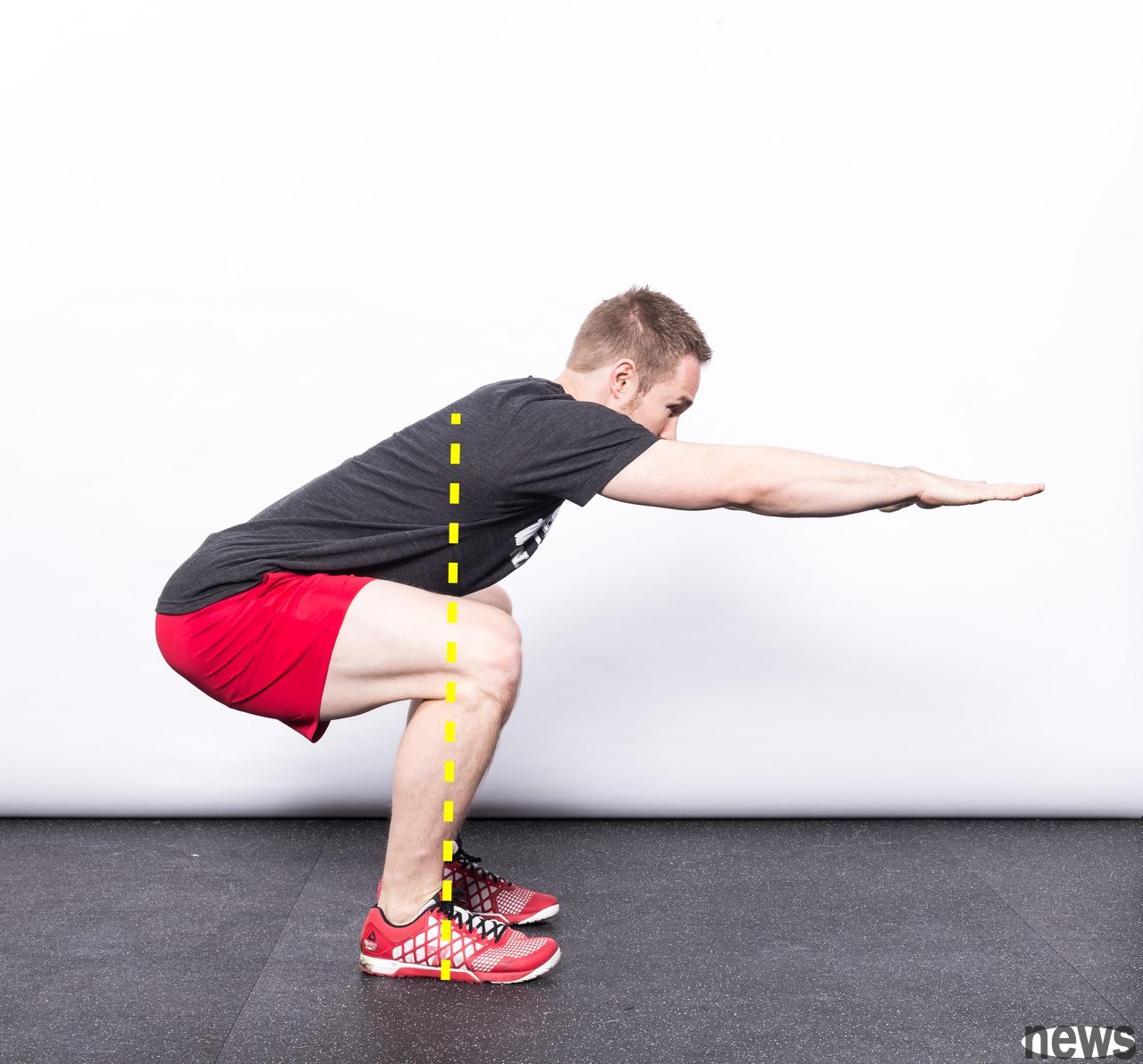
˙ Squat
Complete five key points and you can start squatting. Don’t think about whether the stop position is too high or too low. Just drop to the minimum allowed range of your activity to ensure balance during the process. It is very important to feel where your body weight is distributed in your feet at this time? This ability to sense body position is called the sense of the body.
When squatting, the longer you can keep your calf vertical, the better. When we can't keep our calf vertical floor as much as possible, the knees will move forward too quickly over the tip of the foot, and the knees will increase knee joint pressure and make the picker lose balance.
˙ Lowest position
When you reach the full squat depth, you will feel stable and balanced, and the weight should be balanced in the middle of your palm. In this position, a vertical line from the center of gravity of your body should pass through the middle of your palm.
˙ Rise
from the lowest position of the squat, ascend from the hip belt, and push the hip back to complete, while imagine pulling your calves back to the vertical position. This can effectively use the back side chain, reduce knee pressure, and at the same time create huge strength in the buttocks muscles, ensuring that the chest and hips rise at the same time. If your hips rise too fast, your chest will fall forward and you will lose balance.
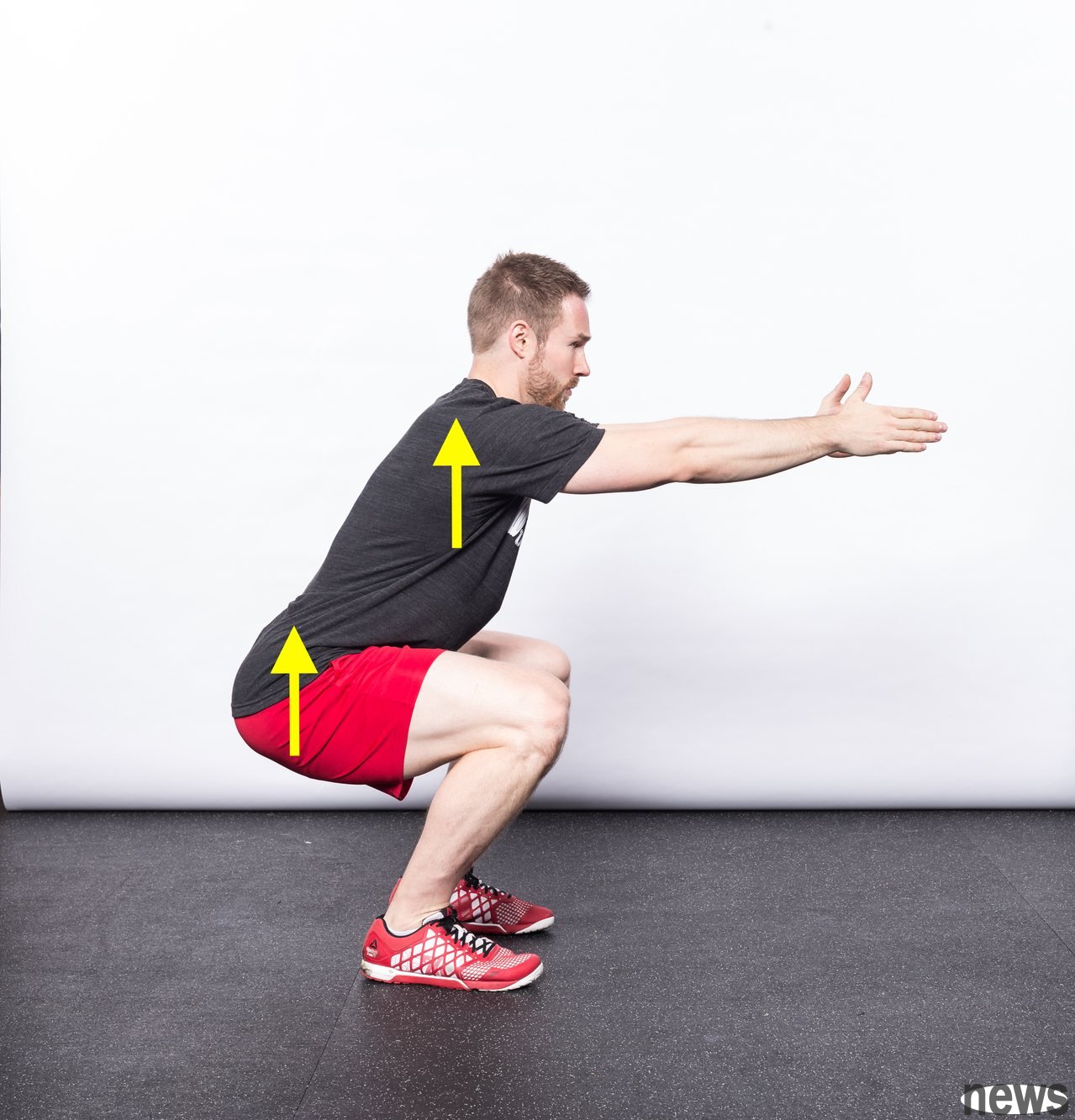
When squats are rising, the knee needs to be kept in a stable position, keeping the knee and foot tip on the same line throughout the entire movement process. By improving this stability ability, we can avoid sports injuries and increase movement efficiency. Through the improvement of movement efficiency, we can stimulate more explosive power and strength. After all, athletes want more explosive power, more muscle strength and avoid injuries at the same time.
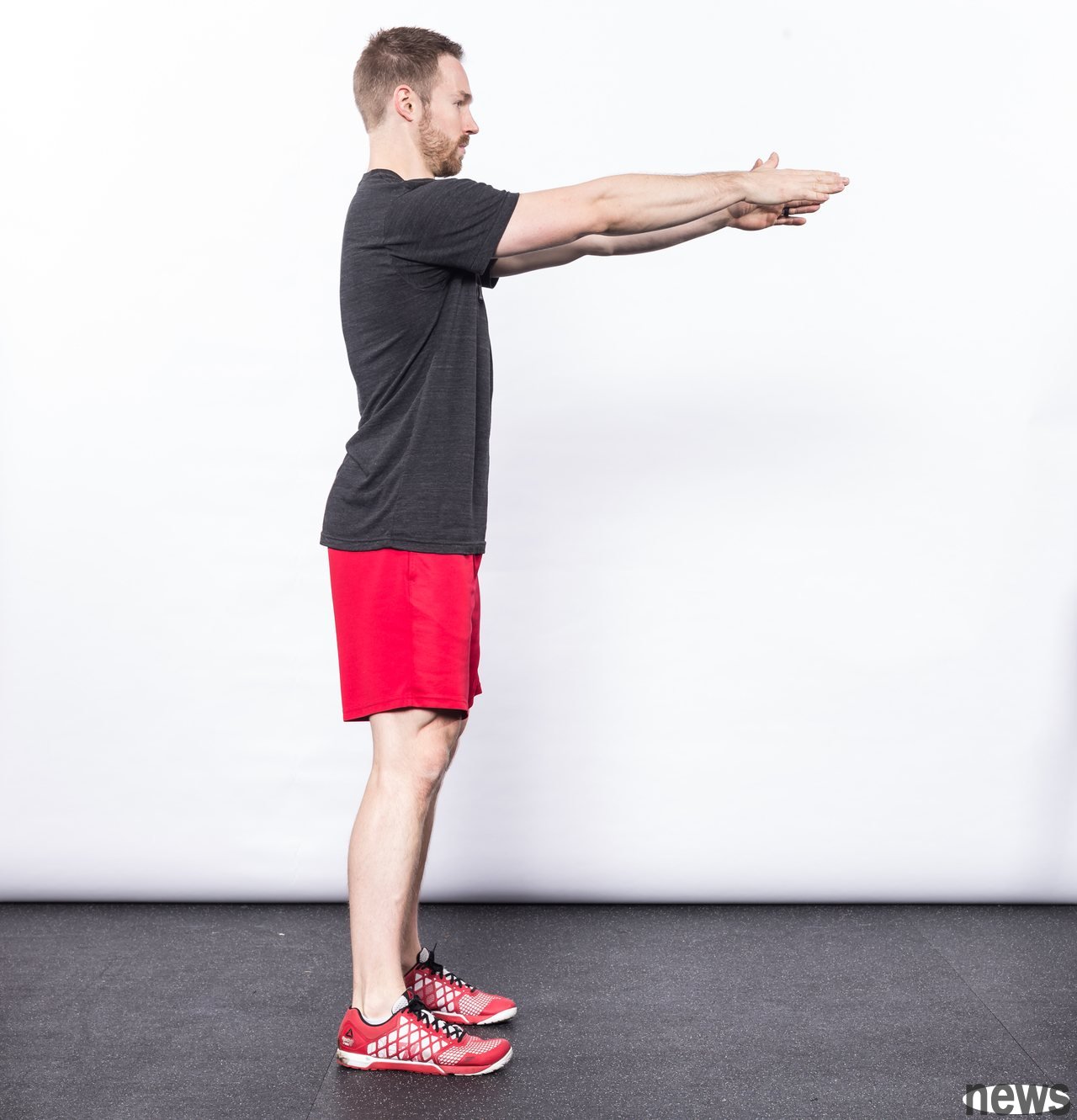
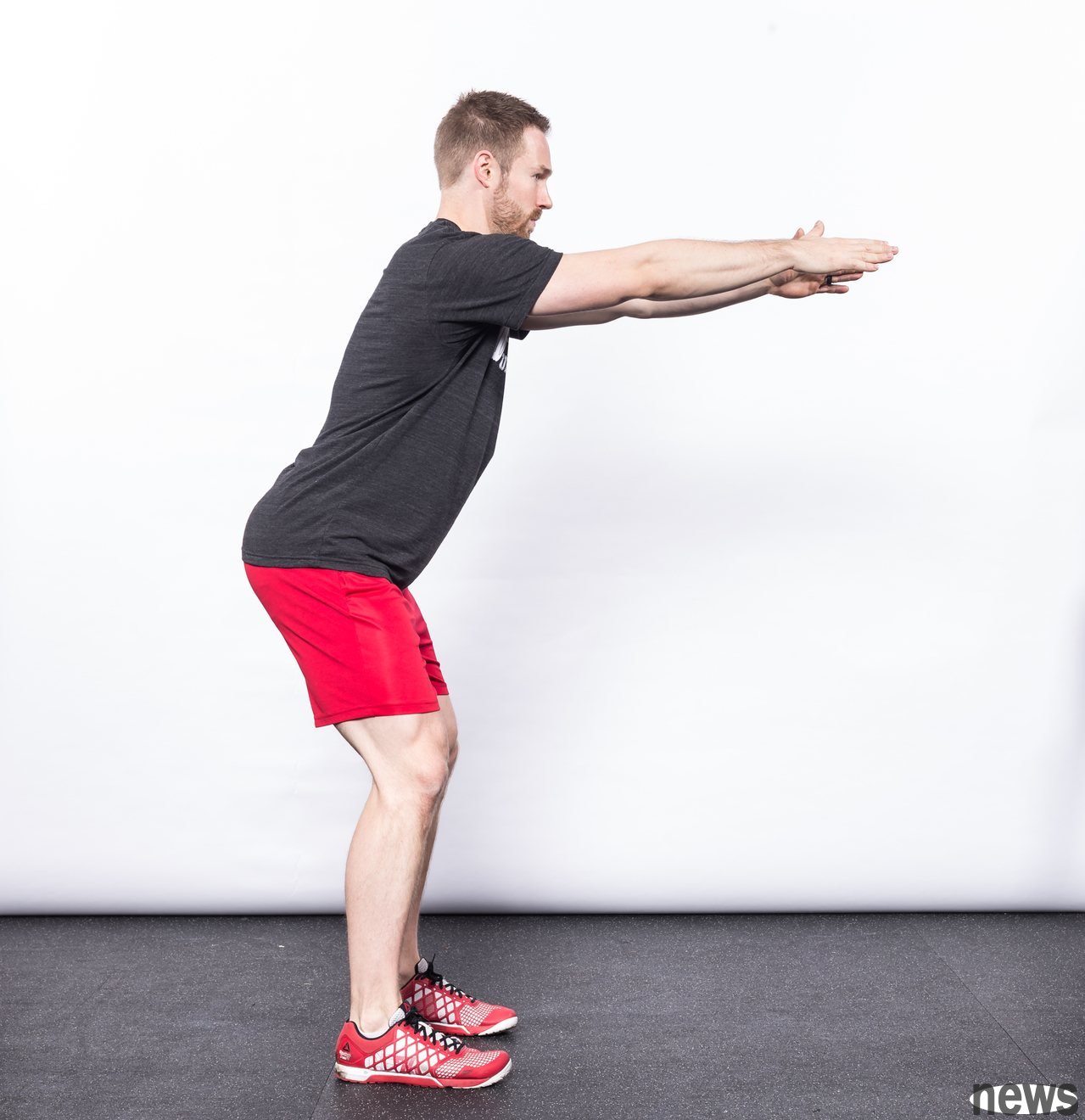
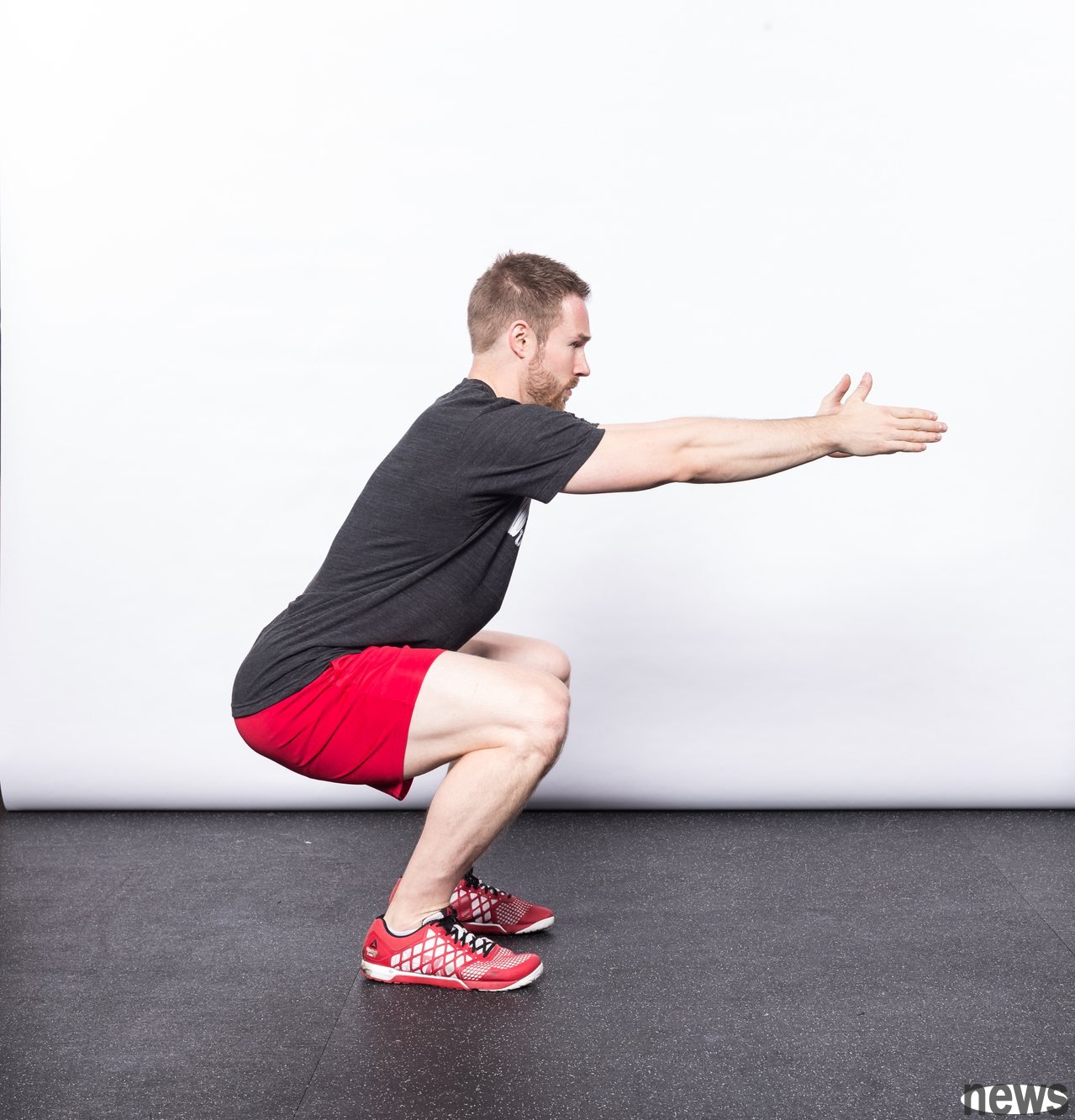
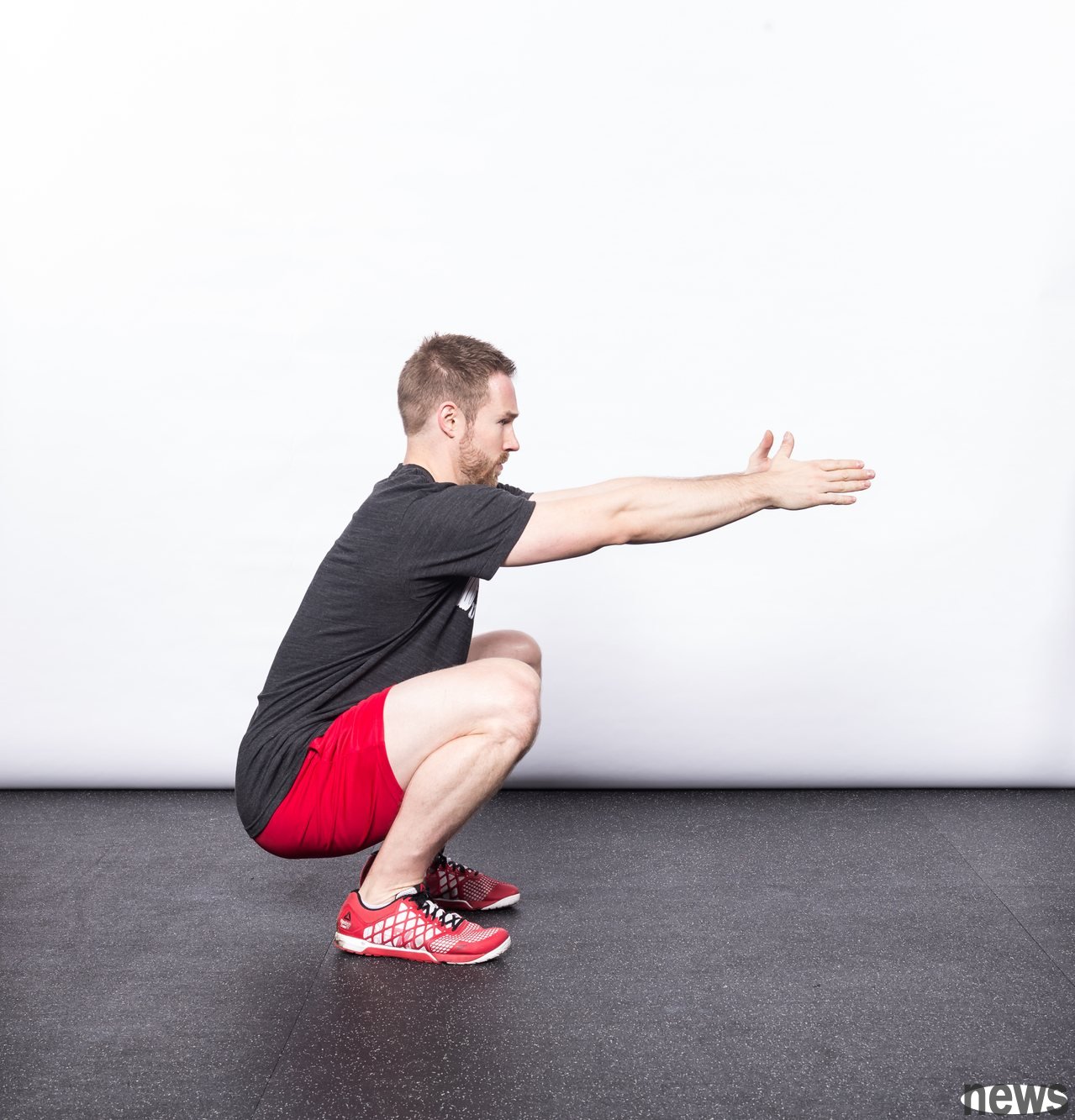
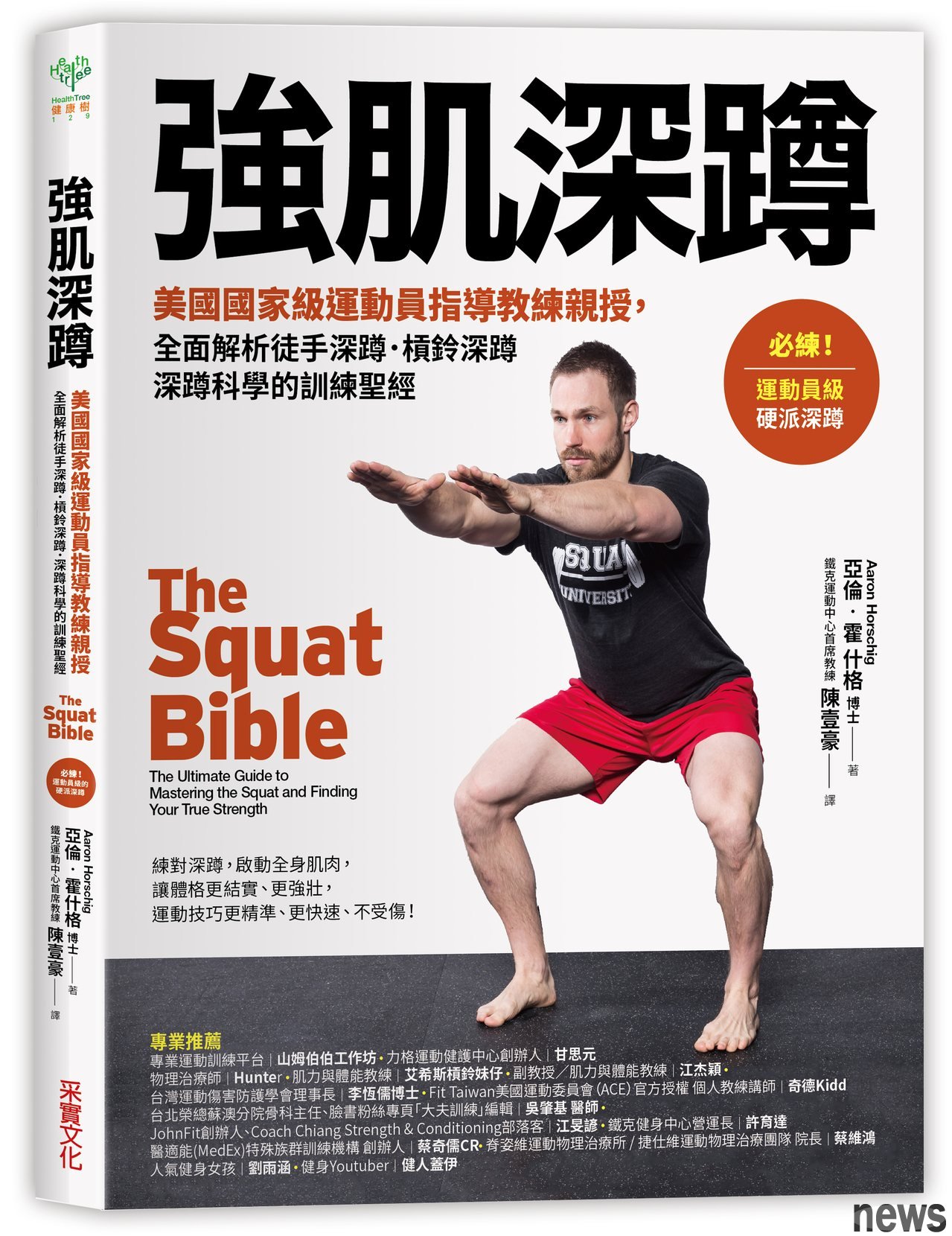
We usually think that we are capable of making perfect squats, so the most basic bare-handed squats are often ignored by selectors and coaches, and it is believed that as long as we are athletes, we can certainly do this action well. In fact, squats are the primary and basic movement to start the exercise, and then perform a whole day of training and exercise.